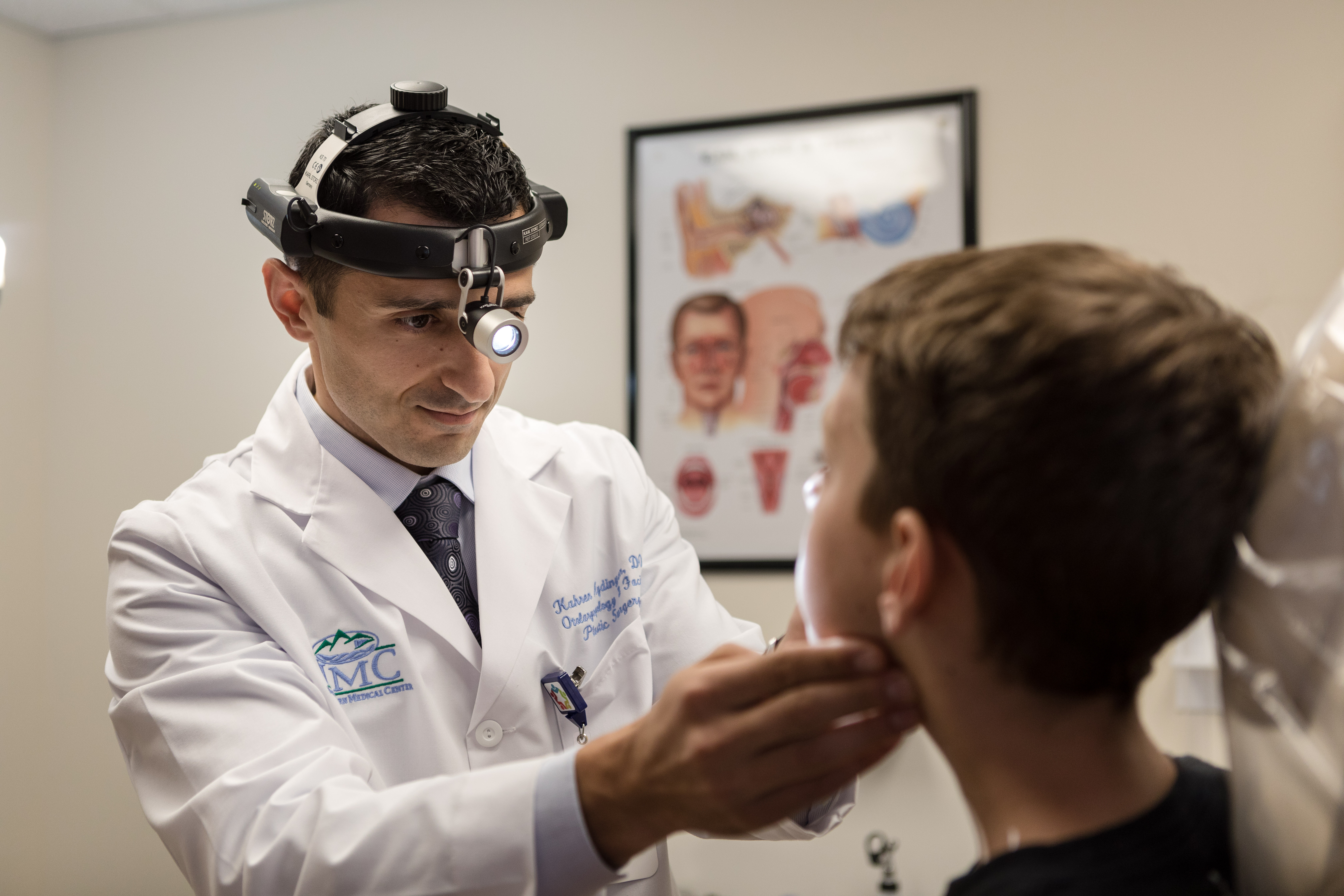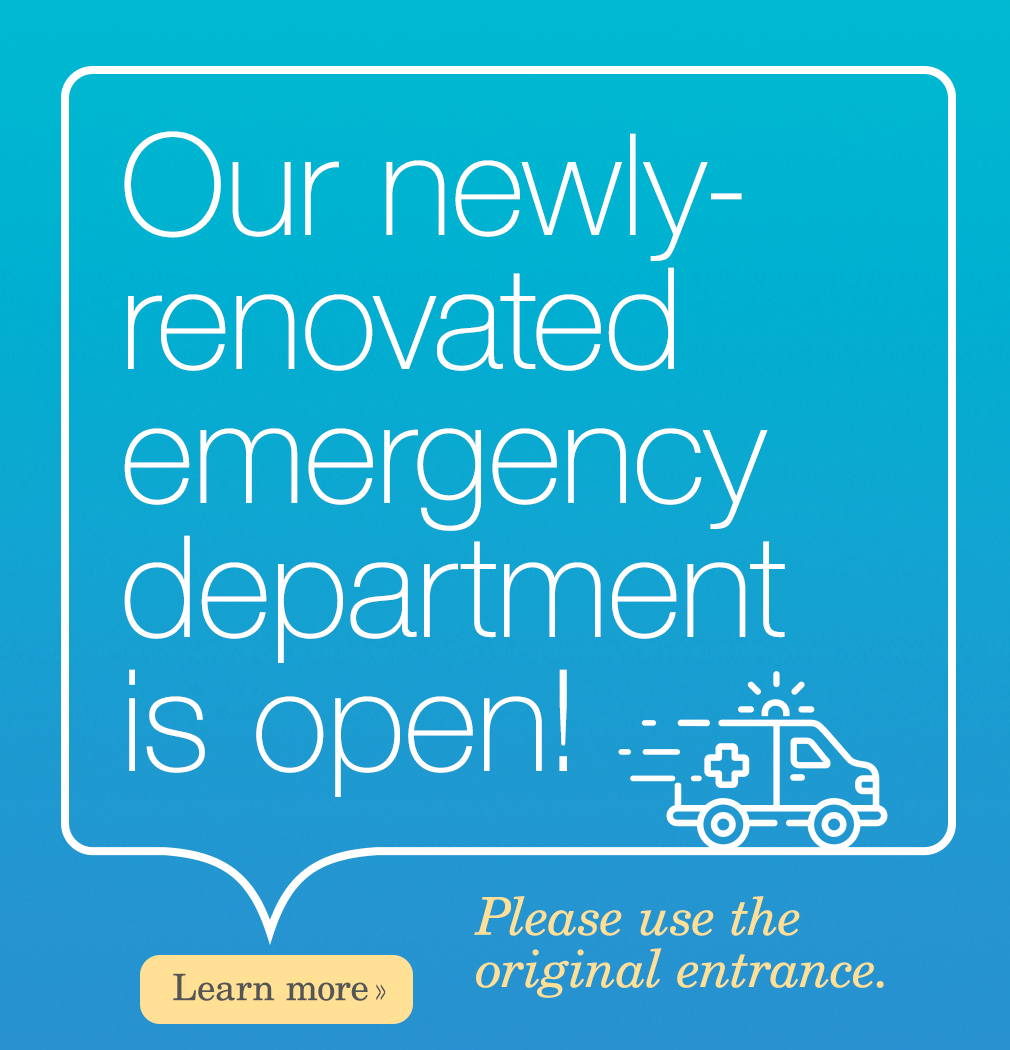

Are Ear Tubes Right for My Child?
Over half a million children have ear tubes placed each year. Although placement of ear tubes is one of the most common childhood surgeries requiring anesthesia, the procedure may not always be the right choice for your child, says Dr. Kahren Aydinyan of Northwestern Ear, Nose and Throat.
How they Work
Ear tubes (also called pressure equalization tubes) are tiny, hollow cylinders, usually made of plastic, that are surgically inserted into the eardrum. An ear tube creates an airway for the middle ear and prevents the buildup of fluids behind the eardrum.
Middle ear infections are very common; two out of every three children have at least one ear infection before the age of six.
For kids who regularly get ear infections, an evaluation for ear tubes is recommended by the American Academy of Pediatrics. Generally, ear infections that occur three times in 6 months, or 4 times in 12 months meet this guideline.
Children may also require ear tubes if they are having a problem with fluid behind the eardrum that persists for months without improving, says Dr. Aydinyan. Fluid in the middle ear is common after infections, but generally should resolve after several weeks.
“Ear tubes are also recommended if the middle ear fluid is causing hearing loss, which we test for in our office on the day of the appointment,” says Dr. Aydinyan.
Chronic fluid in the middle ear space may cause hearing loss, which can lead to delays in speech development, communication problems, behavior problems and poor school performance.
However, ear tube surgery is not recommended for every child with an ear infection or fluid build-up, said Dr. Aydinyan. In many cases, antibiotics or other treatment will be best suited for kids with only occasional infections.
A Look at the Procedure
The ear tubes placement procedure for children takes only about 5-10 minutes and takes place in an operating room once anesthesia has been given. Ear tube placement is a relatively safe procedure with a low risk of serious complications. Your ENT physician will discuss the possible complications of ear tube placement on the day of your appointment.
Once ear tubes are in place, the most common complication that can arise is drainage from the ear. At that point, antibiotic ear drops can be used instead of systemic antibiotics by mouth to treat the infection.

